MONEY IN ARGENTINA: EXCHANGE RATE, BLUE DOLLAR/BLUE EURO RATE AND WHERE TO GET THE BEST RATES
Money is a very controversial topic and one of the most sensitive questions you need to know before arriving to Argentina.
The Argentine economy is very volatile and faces constant inflation (prices may rise up to 20/30% within one month!!!), which is something unknown in other parts of the world, such as Europe or North America.
There have been times when travelling to Argentina was very expensive but right now (I travelled in 2022) it is very affordable, especially for tourists carrying euros or dollars! I had a guide book from Lonely Planet dated from 2019 and the difference indicated in their price estimations was massive! Just to give you some numbers: main courses in restaurants back in 2019 would be around 300 pesos and now average is 2000 pesos, depending on the region!!
Why is travelling to Argentina so affordable right now?
Keep reading, because I will tell you everything you need to know about money in Argentina that will save your costs by 50% in Argentina! You heard that right: half, 50%! And all of that based on my personal travel experience having spent 2 months travelling around in Argentina (March-April 2022) from the north Iguazu to the the end of the world in Ushuaia until northeast region of Jujuy!
From the blue/euro dollar to getting the best exchange rate, let me explain everything in detail for you!
Currency in Argentina: Argentine peso vs US Dollar
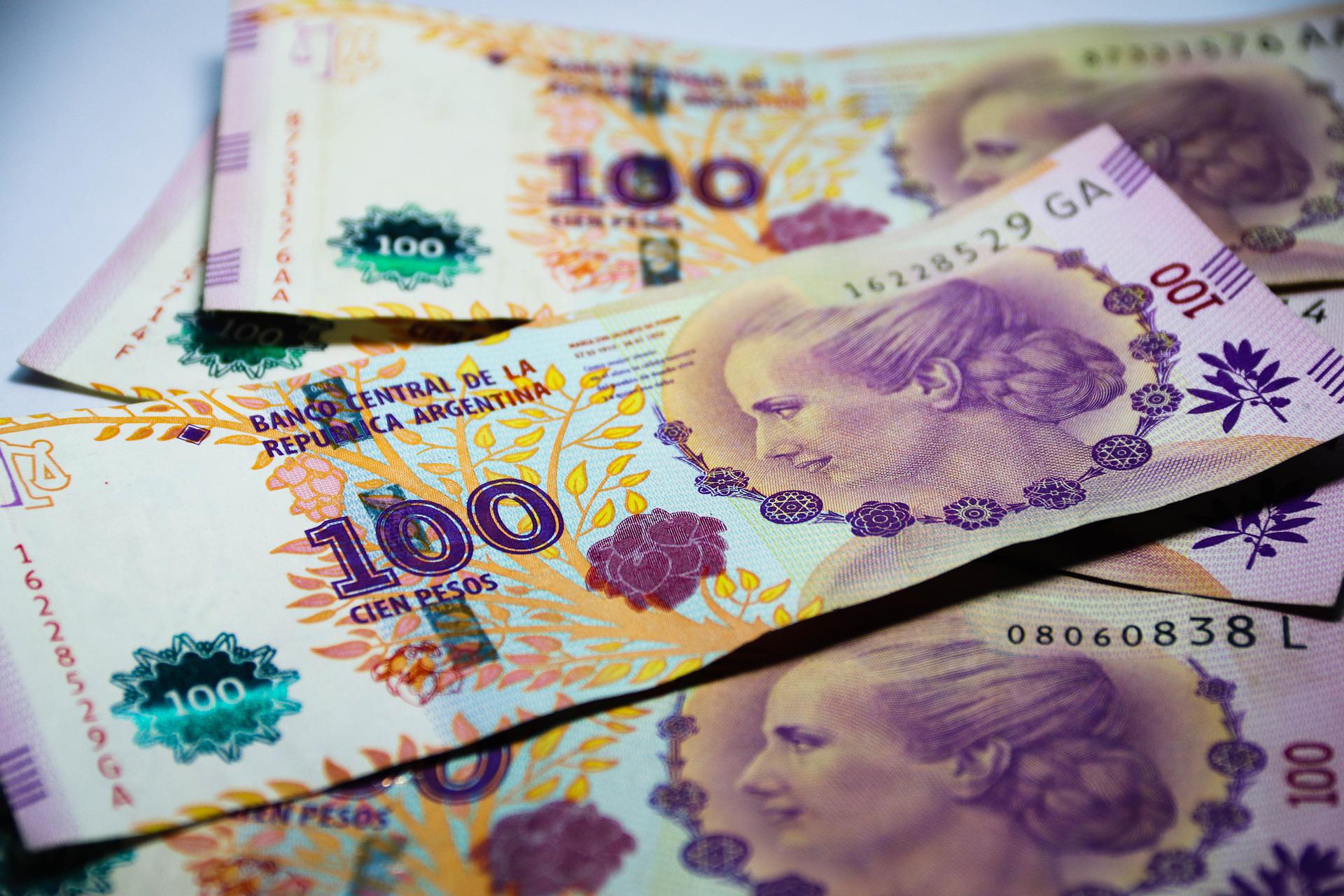
Argentine peso
The official currency in Argentina is the Argentine peso ($). The dollar symbol is used, so do not confuse both currencies!
In spite of this official currency, Argentines have always liked the US dollar. In an extremely volatile economy, many Argentines prefer having savings in US dollars as it is a much stronger and more stable currency. You will also notice that in some touristic services, payments in US dollars are preferred.
This pressure and high demand on the usage of US Dollars, caused a very unhealthy monetary situation and depreciation of the peso.
However, the biggest problem was that the current President established a limit on the (legal) acquisiton of foreign currency by Argentines.
Right now, this limit is very low and lies at 200 US dollars per month.
So, what happens to the US Dollar affection in Argentina?
Welcome to the blue dolar rate/black market!
The Blue Dollar / Blue Euro Rate in Argentina
You probably have already heard the therm blue dollar or blue euro rate when searching for your trip to Argentina.
This term reffers to the parallel exchange rate in both currencies, which is almost double the official exchange rate. This is precisely what I meant previously, if you can access the blue rate, your budget will double in Argentina!
Right now (June 2022), the official exchange rate in Argentina lies at:
- 1 US Dollar – $120,25 pesos/ 1 € – $129,36 pesos .
You can check the official exchange rate here or at at this link to see both the official and blue rate. The blue rate currently lies at:
- 1 US Dollar – $215 pesos/ 1 € – $229 pesos
* This difference on the black market is methaphorically named as blue rate.
It is not difficult or dangerous to access this blue rate and I will provide you an insight into the different exchange methods, sharing my personal experience with you.
Another local source of information you can use is the local newspaper Ambito
Tip: Do not exchange your money all at once, since the exchange rate varies daily! So always check on the links provided above!
Cash and Money Exchange in Argentina
Rule Number 1 for Argentina: CASH IS KING!
I cannot stress this enough! If you want to see your budget double, you really must pay everything in cash, because if you pay with your credit/debit card (even with a Revolut) you will be charged the official exchange rate by your bank. And of course this means you lose 50% of your money,
If possible, bring as much cash as you can ! It is understandable if you fear carrying large amounts of cash and I will share with you tips to overcome this situation.
Next, I will breakdown the various methods for you to access the blue rate in Argentina.
Western Union in Argentina
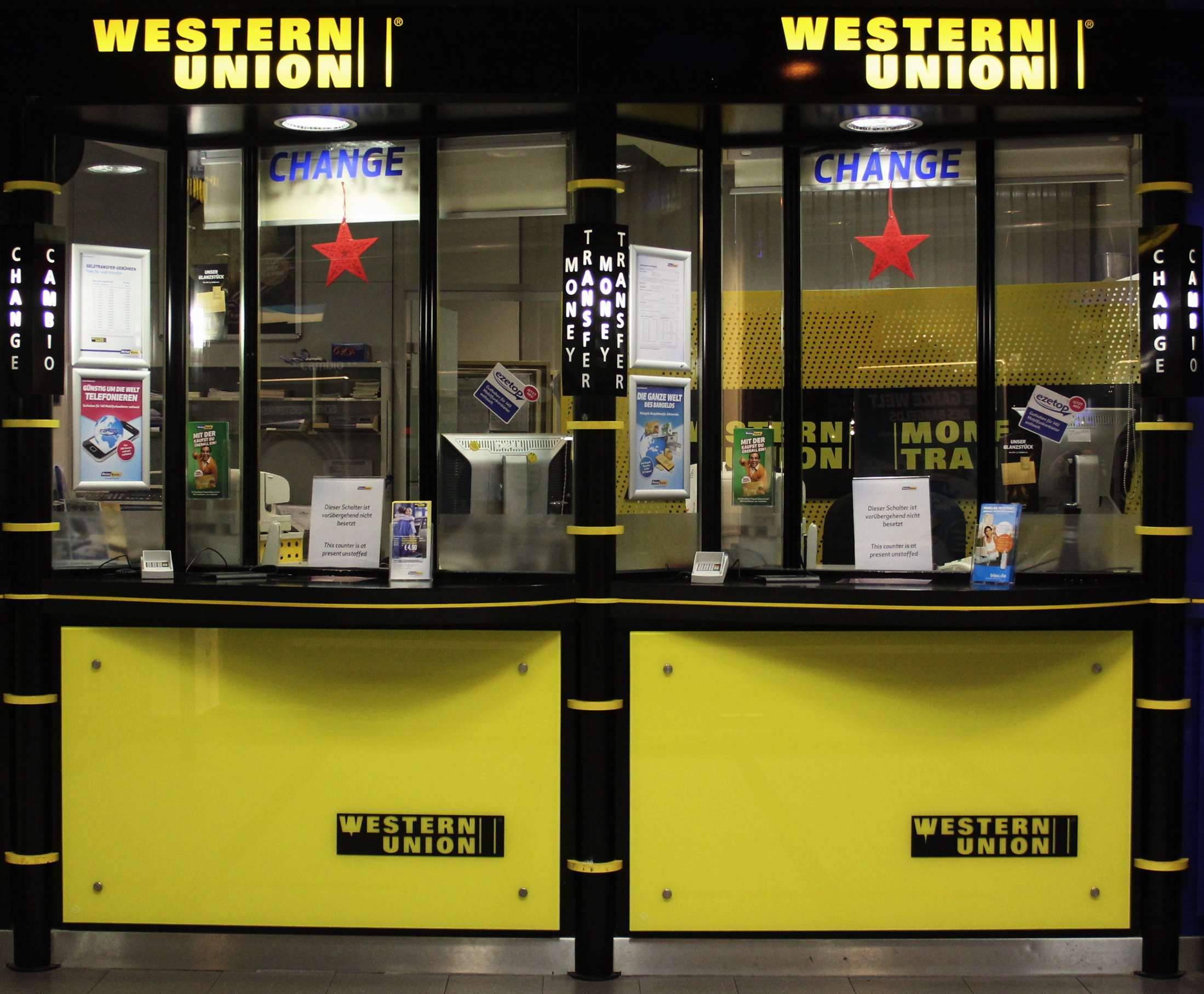
Western Union
Perhaps you have already heard of the money transfer service Western Union available worldwide.
For me this is the best way to exchange money in Buenos Aires and throughout Argentina. Moreover, Western Union still offers one of the best blue rates (in May 2022 I managed to get for €1 – 225 pesos).
You only need to setup an account (no fee) to start using it. After inserting all the personal data, you are given a code and can pickup your money in pesos at ANY Western Union branch in Argentina. If you are unfamiliar with Western Union, check the tutorial on their website
How to avoid the transaction fees with Western Union?
You may notice on a transaction with Western Union you are charged between €5/€6. Even with this amount, it still pays off using Western Union. But I found a monthly list published by Forbes where you can see the promo codes for Western Union and avoid these fees:
Forbes Promo Codes Western Union
The current one is DIGITAL0FEE
Tips about Western Union in Argentina
While travelling in Argentina and having used Western Union very often, I became familiar with the system and acquired considerable experience. I will share now the most valuable tips that you will need when travelling:
- If possible, avoid going to Western Union in the beginning of the month as the queues are endless;
- Remember that most Western Union branches only operate on weekdays. If you are travelling on a weekend, plan ahead;
- Avoid going to Western Union on Fridays as usually they ran out of cash;
- Only go to branches that have a more robust structure and where you see more queues and foreigners. Sometimes small places that look like kiosks offter both Western Union and Pago Fácil (an Argentinian system by which citizens pay their bills), however they usually have very small amounts of money, if any at all;
- When you are travelling to Patagonia, remember to exchange money at the latest in Bariloche. In El Calafate there are transaction limits on Western Union (until €300) and in El Chaltén is non-existent.
Best Western Union branches in Argentina divided by cities:
Even if the Western Union website will give you quite a few locations for your Western Union branches throughout the different Argentinian cities, reality is another story and not all of them have enough cash. I will share with you this valuable list of all the Western Union branches I used when travelling in Argentina and you can trust they are operational (I withdrew amounts between €200-€500):
- Buenos Aires (Palermo) : Armenia Street or Av. Córdoba
- Bariloche: At Carrefour
- El Calafate: Post Office (they close quite early 2 pm) or Av. Libertador 1359
- Ushuaia: At Carrefour
- Salta: At Carrefour
- Mendoza: Sarmiento Street 231 (the very initial meters on your left once you enter Sarmiento shopping street).
Cuevas
Cuevas is the name used to describe the unofficial exchange houses where you can get the blue rate.
In order to find a trustworthy cueva, the best sources are the locals: ask at your hotel, restaurants, tour guides! I would recommend to go there only with a local!
Sometimes there are private persons or even places that will exchange for you at the blue rate. For example, this is usual the case of Patagonia where almost all hotels or stores will give you a blue rate. Usually, hotels will communicate with you via Whatsapp and tell you how payment is processed and the type of rate they use.
A good source of information if you are staying in Buenos Aires might be contacting the Facebook Groups – Argentina Travel Tips or Buenos Aires Expat Hub
* I have a reliable contact of a Cueva, write me a message in case you are interested.
Calle Florida & Arbolitos
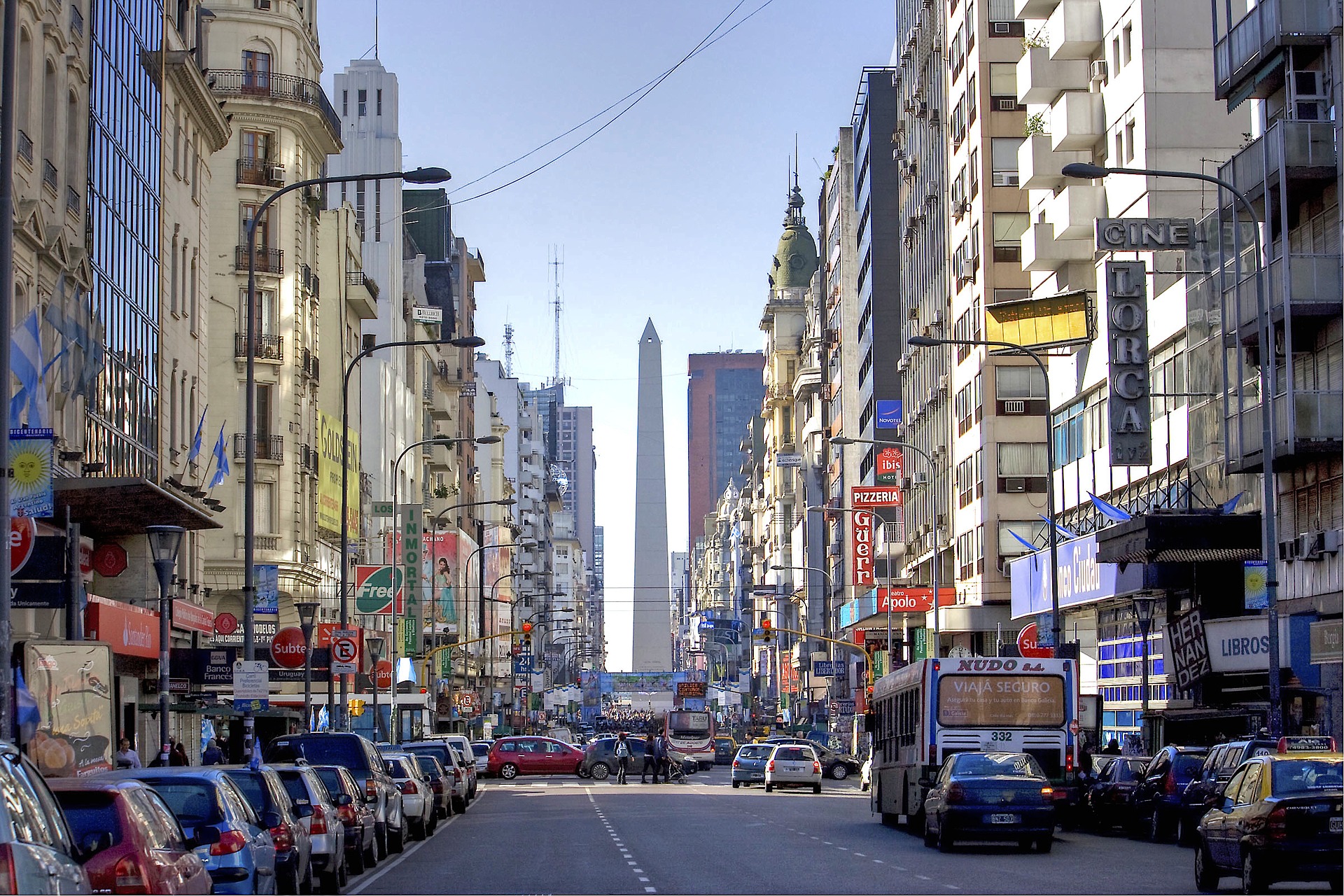
Buenos Aires Microcentro
Calle Florida is one of the busiest streets in Buenos Aires located at Microcenter full of stores and cafés.
Along this street and the parallel ones, you will encounter some people that will be shouting at you: Cambio, cambio, especially if you look like having euros or dollars. They are Arbolitos or Little Trees, unofficial money exchange representatives.
With an arbolito you would be able to negotiate the exchange rate and then you would be taken to their cueva. Here you need to make sure no counterfeiting bills are given to you and be cautious not to be robbed.
This might have been one way of exchanging money in the past but I do not recommend it at all.
First of all, NEVER EVER EXCHANGE MONEY ON THE STREET , as these transactions are ILLEGAL!
Secondly, even if you can negotiate the rate, there is the risk of getting counterfeiting bills or even worse, being robbed!
On the various threads I read, horrible stories have been reported so I would discourage you of using this method. But it does exist and I wanted you to be aware of that.
The locals I met in Buenos Aires warned me about these risks and that is why I cannot recommend it to you. Other people will have perhaps different opinions, but as I said I only recommend SAFE ways of exchanging money that I have used.
Withdrawing money at an ATM in Argentina
Do not use an ATM in Argentina, unless if you are in an emergency situation!
Fees are extremely high – around €10/€11 and you can only withdraw money for very small amounts at the official exchange rate.
Using Debit and Credit Cards in Argentina
Like in the case of withdrawing money, I totally discourage you of using credit and debit cards in Argentina, since you will be charged the official rate. The sample applies if you use Revolut.
Like I mentioned in the beginning, cash is king in Argentina! So, use it everywhere until the blue rate is over. Besides that, in some places you get discounts if you pay cash (small stores usually). Always say efectivo (cash payment).
Mercado Pago
Mercado Pago is the Argentinian system similar to Paypal.
Some services might ask you to pay using Mercado Pago, however as a foreigner it will not be possible. One of the requirements of using Mercado Pago is having an Argentine ID Card.
Therefore, ask them to pay for you if Mercado Pago is mandatory and give them in cash.
Extra tips for exchanging money in Argentina
Beyond everything I have already shared, find below some more tips to exchange money in Argentina:
- Do not exchange more money than what you will need for your trip, as you won’t be able to exchange from pesos back into euros or dollars (or for a very small amount);
- Bring higher bills of dollars or euros (€50/€100) ideally unmarked, so that you even get a better exchange rate;
- Try to always have small change.
CASH IS KING!
Tax Free Shopping in Argentina
Foreigners are entitled to a refund of the VAT tax spent on purchases of locally produced goods over ARS $70 when made at outlets that belong to Global Blue Argentina.
Check here for more information on how to collect your refund.
NOTE: This post contains affiliate links and The Fancy Explorer may receive a commission for purchases made through these links, at no extra cost to you.
Travel Resources in Argentina
|
|
|
|
|
I put my heart and soul in all these tips for you and shared EVERYTHING I learnt while travelling for 2 months in Argentina.
I really hope you find them useful and feel ready to travel in Argentina!
Let me know in the comments what you think and I am always available for any further questions you might have.

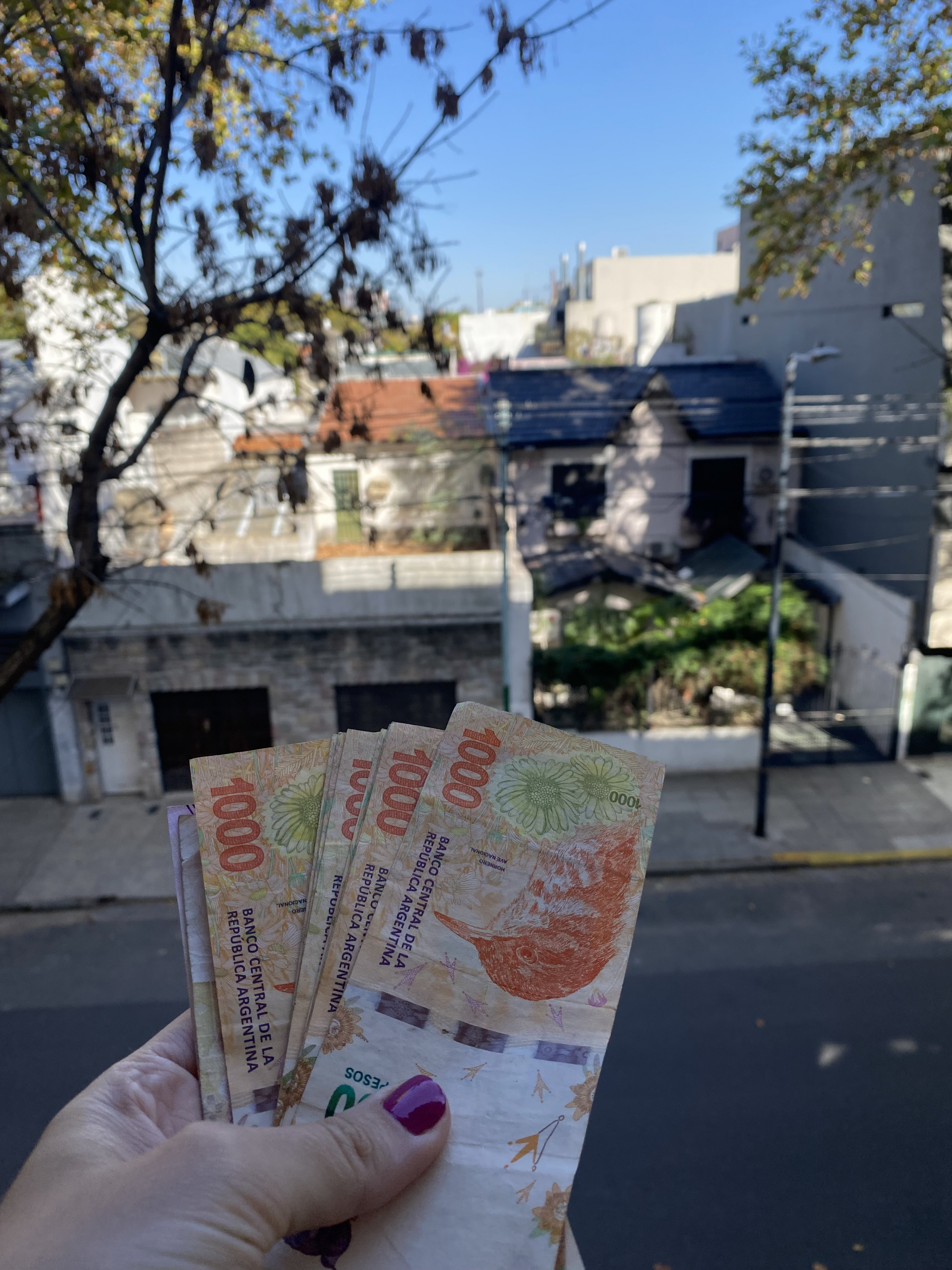
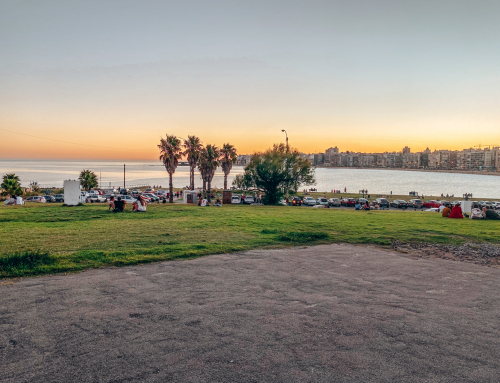
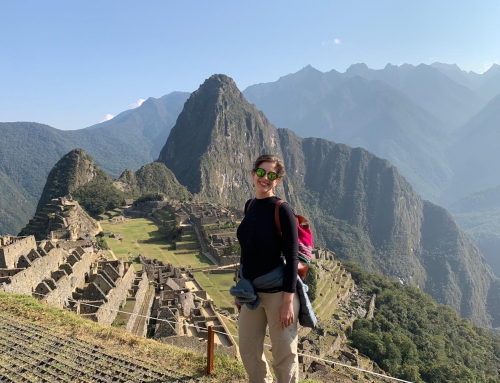
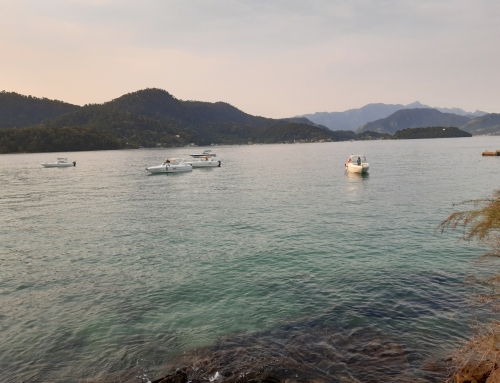
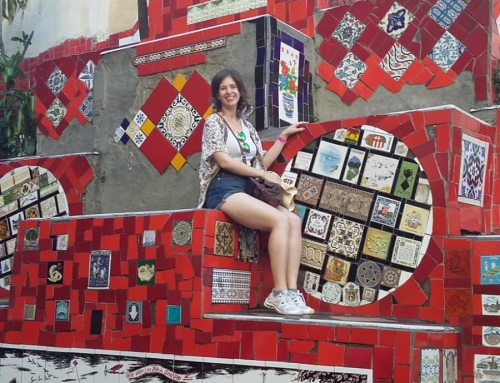
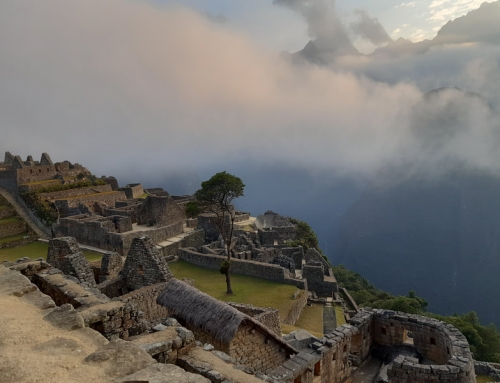
Leave A Comment